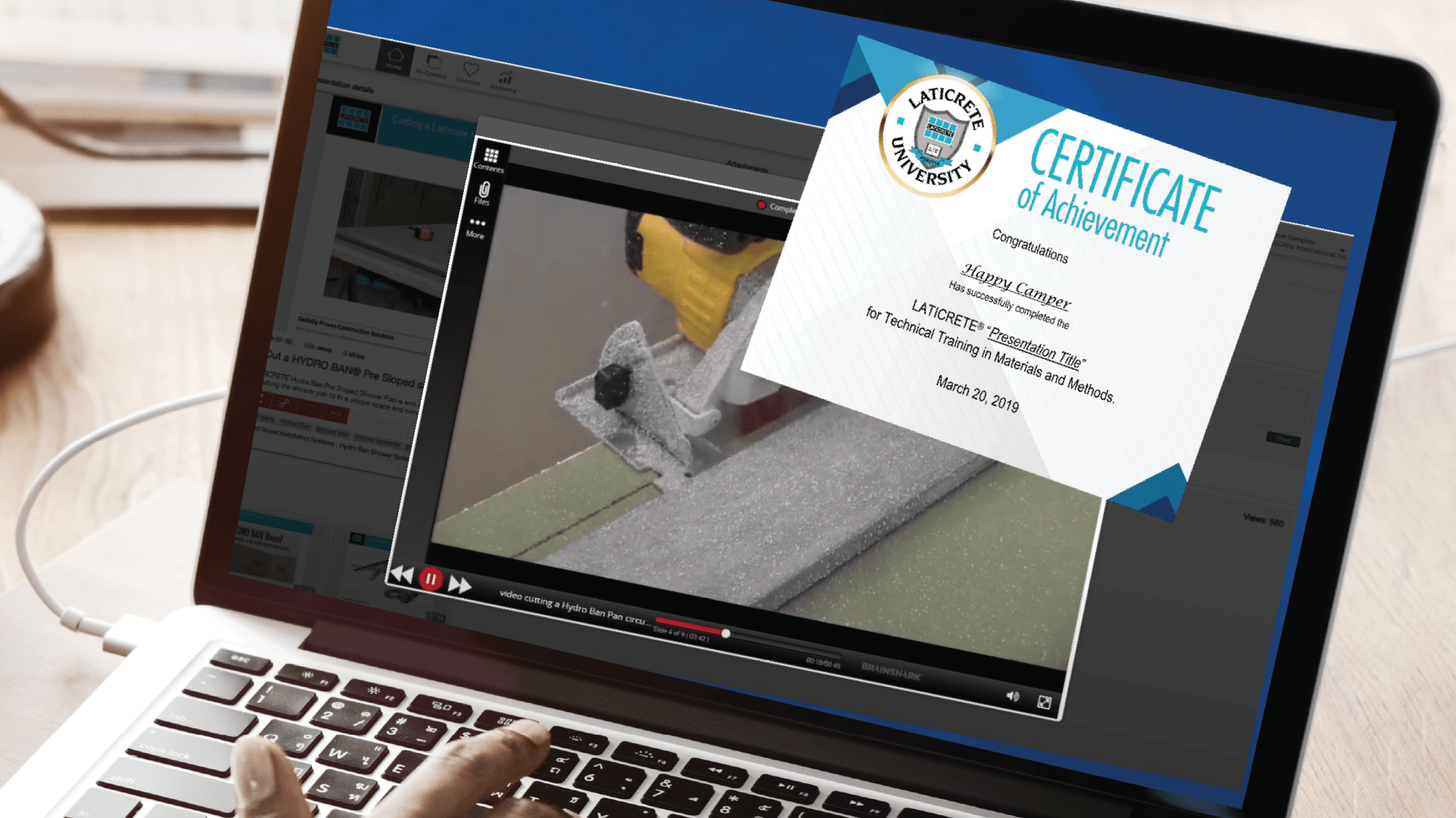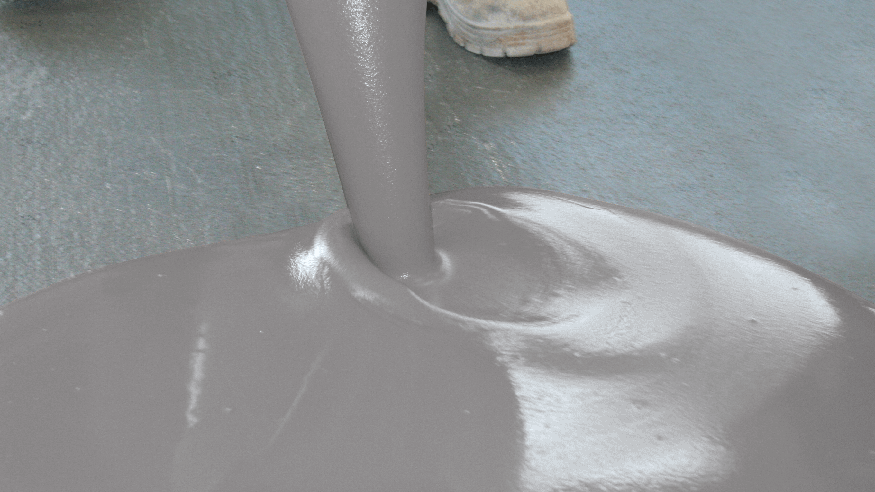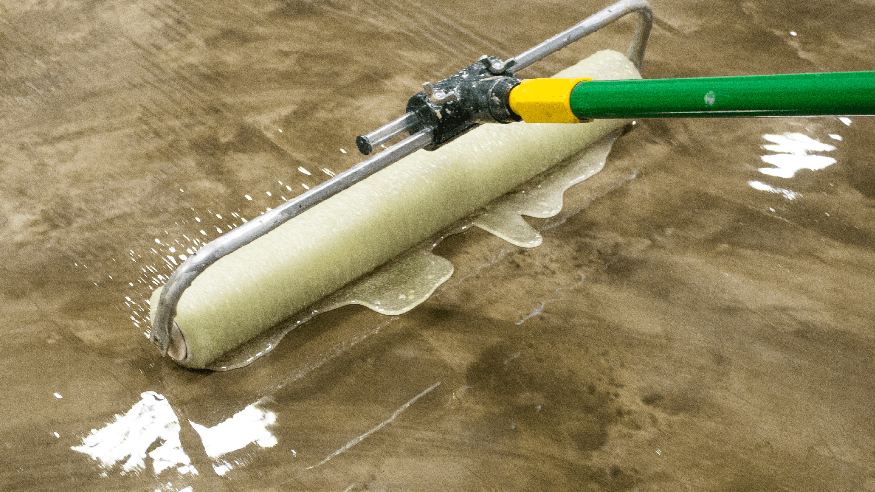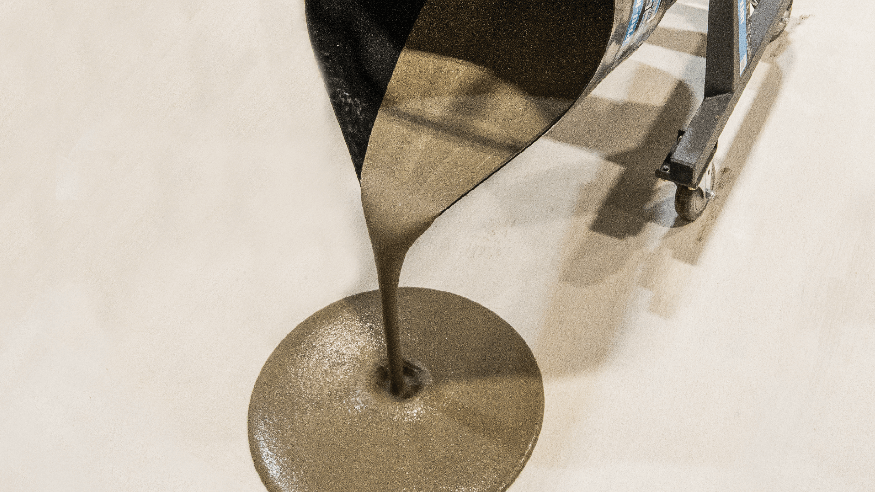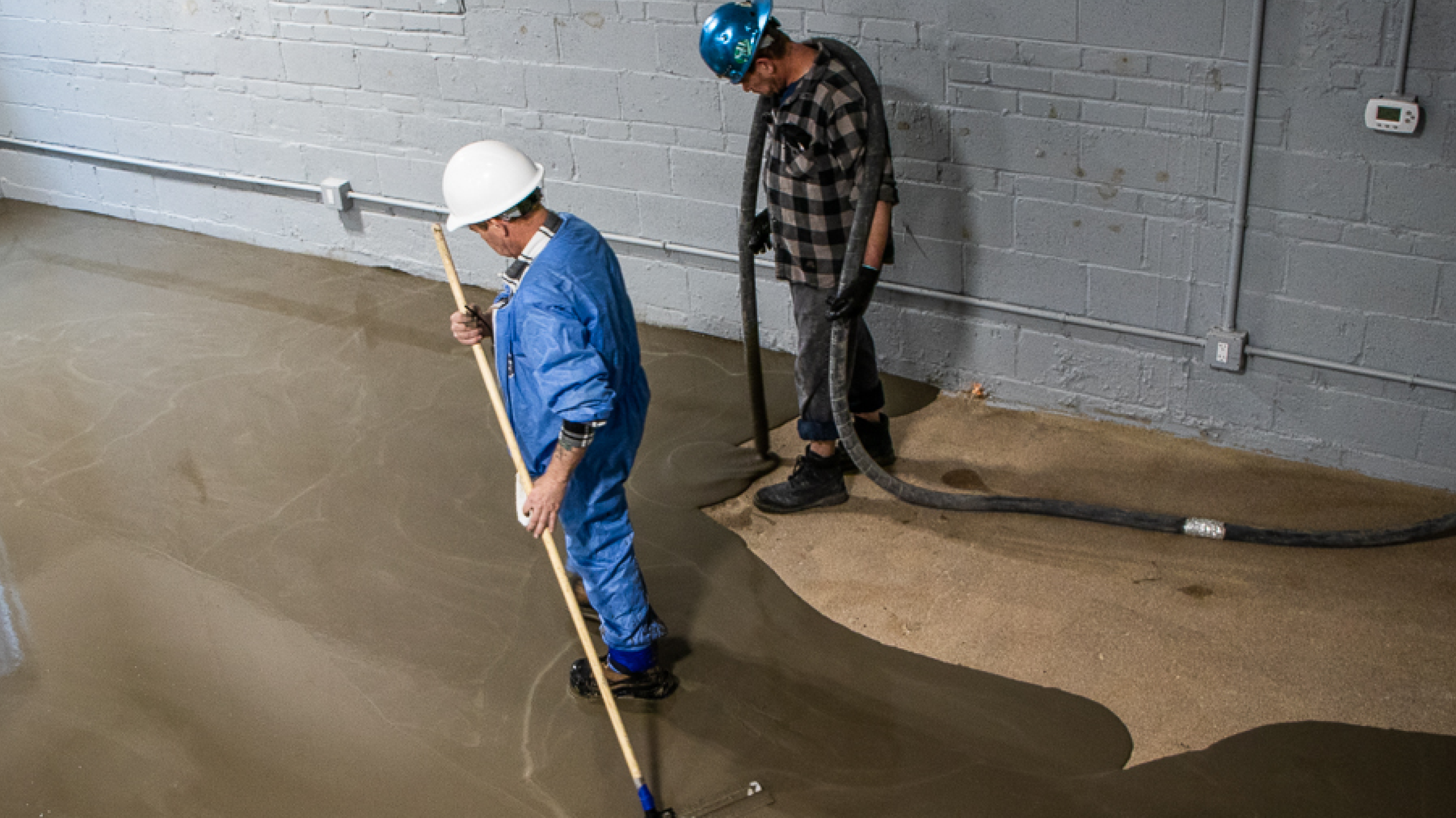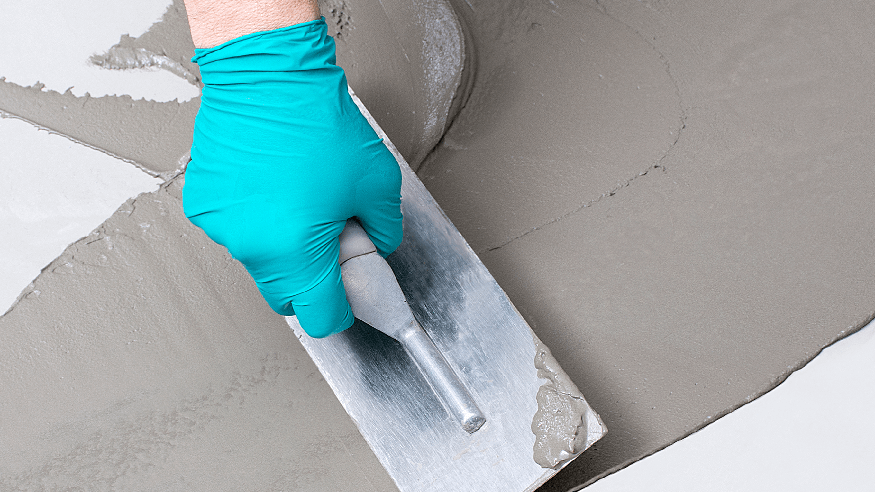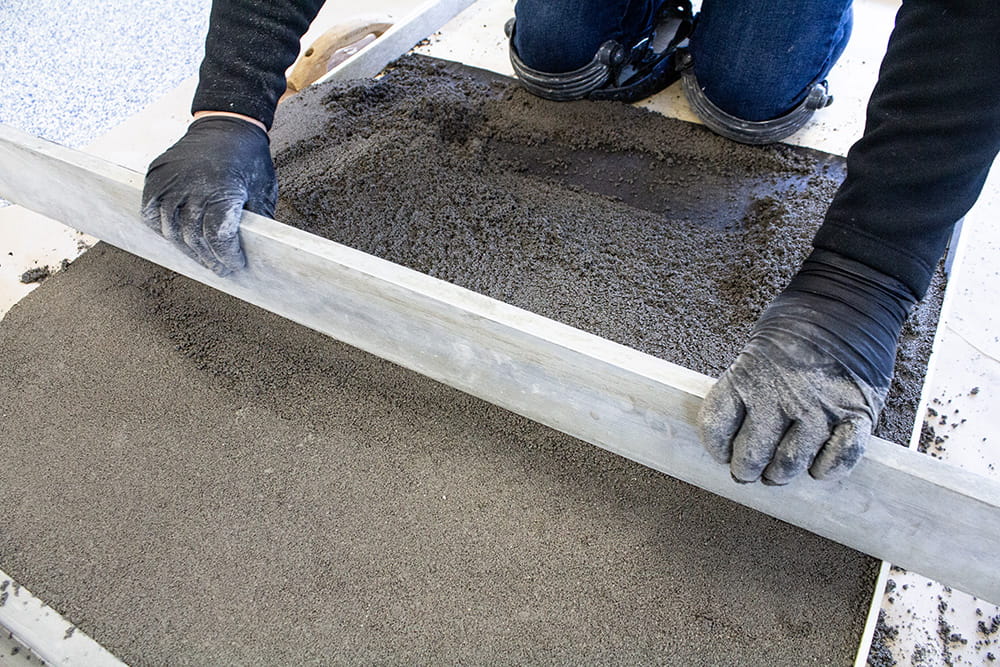View by Category
For the Builders of a Better World™
Our products are designed to meet the highest standards, ensuring your projects stand the test of time.
Explore Tools to Optimize Your Results
The right tools and sundries can make your job easier, more efficient, and accurate. Select easy-to-use and high performing solutions such as the Pro-Mix Station, Underlayment Tool Kit, Elevation Pins, and NIVCOMP Digital Level surveying tool.
Downloads
Our surface preparation and leveling products are able to provide a perfectly level and flat substrate to accommodate a variety of floor finishes including vinyl, wood, carpet, and tile. When combined with the SUPERCAP® System, a high-volume, time-saving delivery system that can pump material up to 50 stories high, you can expect predictable quality results. L&M™ curing and sealing treatments, floor hardeners, densifiers, polished concrete systems further ensure your floors are safe, resilient, and easy to maintain.
